Hi there, pet lovers! 🐍
Reptile enthusiasts are often drawn to the reticulated python (Malayopython reticulatus)—the longest snake in the world—for its striking beauty, intelligence, and sheer size. However, owning one of these giants is not a decision to take lightly.
Unlike smaller, more manageable reptiles, reticulated pythons require specialized care, extensive space, and experienced handling. They are powerful, fast-growing, and potentially dangerous, making them suitable only for advanced keepers with the proper resources.
In this detailed review, we’ll cover everything you need to know about reticulated pythons—from their temperament and care requirements to enclosure setup, feeding, and legal considerations. Whether you’re researching or seriously considering ownership, this guide will help you make an informed decision.

Overview
Reticulated pythons are massive, intelligent, and highly active snakes native to Southeast Asia. Known for their impressive length (often exceeding 18 feet) and intricate scale patterns, they are both awe-inspiring and demanding pets.
Here’s a quick summary of what makes them unique:
- Handling and Temperament: Highly food-motivated, strong, and fast—can be defensive if not properly socialized.
- Care and Maintenance: Requires enormous enclosures, precise heating, and large prey items.
- Health and Durability: Generally hardy but sensitive to poor husbandry (respiratory infections, scale damage).
- Availability: Widely bred but banned in some areas—check local laws.
- Cost: Affordable as babies, but long-term costs (housing, food, vet bills) add up quickly.
Overall: A high-maintenance, advanced-level pet—only recommended for experienced reptile keepers with proper space and safety measures.
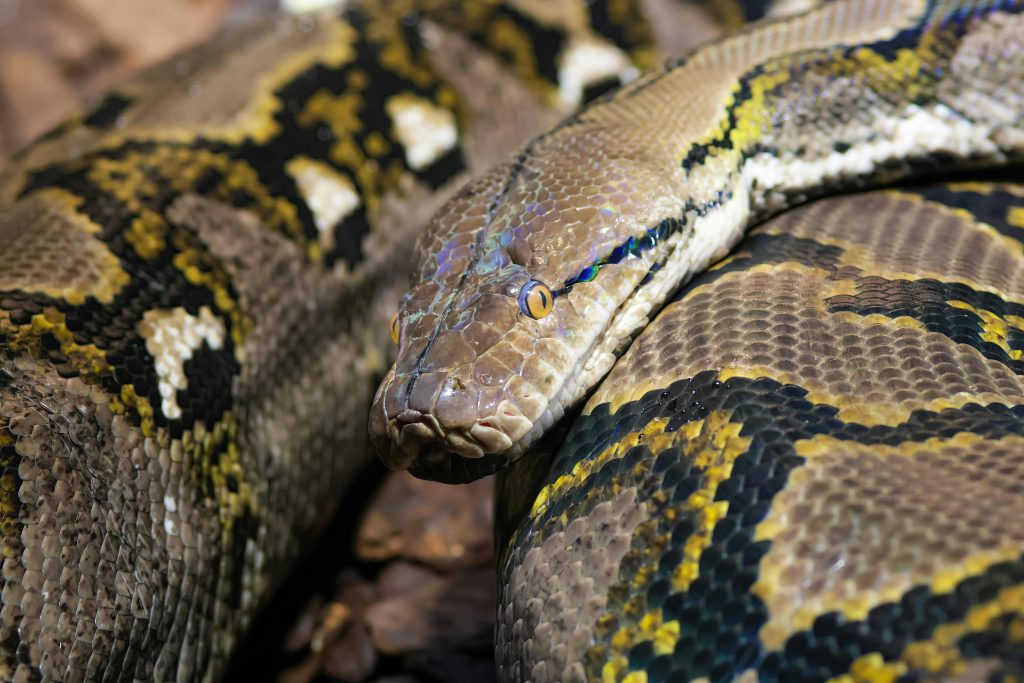
Why Choose a Reticulated Python?
Reticulated pythons are mesmerizing creatures, but they are not for casual pet owners. Here’s why some dedicated keepers choose them:
✅ Stunning Appearance – Their iridescent scales and intricate patterns make them one of the most beautiful snakes in the world.
✅ High Intelligence – They are curious, interactive, and learn routines (including feeding times, which can be a challenge).
✅ Long Lifespan – With proper care, they can live 20-30 years, making them a long-term commitment.
However, the sheer size, strength, and feeding response of these snakes mean they require extreme caution.
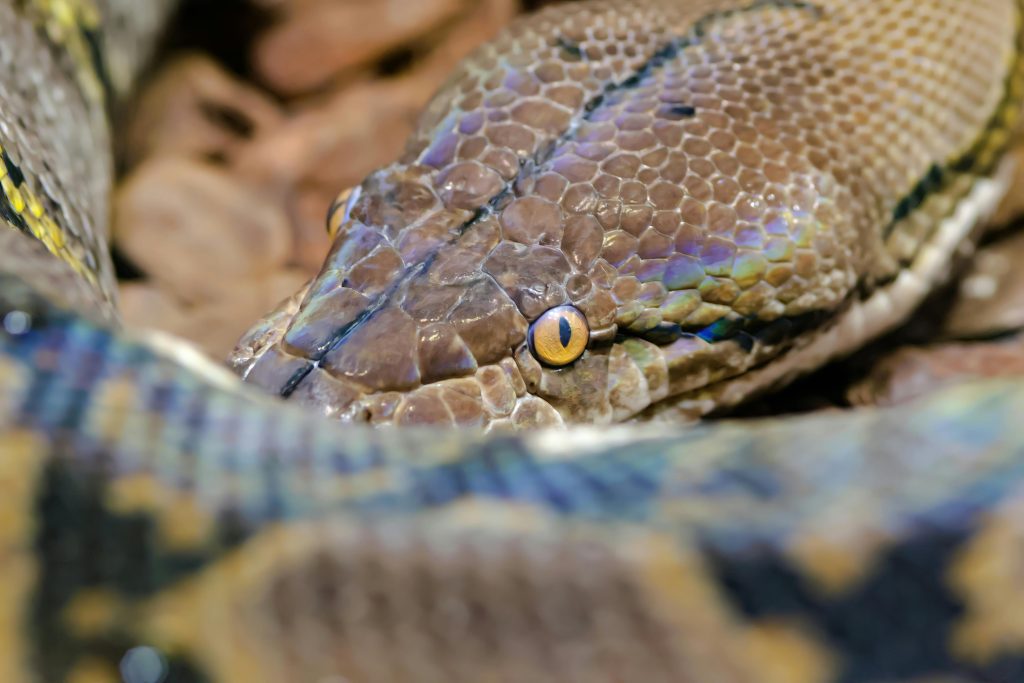
Handling and Temperament
Reticulated pythons are notoriously food-driven, meaning they may mistake handling for feeding time. Their behavior varies by individual, but they are far more challenging than smaller constrictors like ball pythons.
Personality Variations
- Babies & Juveniles: Often nippy and fast-moving.
- Adults: Can become more relaxed with consistent handling, but never fully predictable.
- Food Response: Many retics strike at anything entering their enclosure, especially if they associate movement with food.
Handling Tips
✔ Use a hook to signal handling time (prevents mistaken feeding responses).
✔ Never handle alone—always have a second person for snakes over 8-10 feet.
✔ Avoid handling during shed or after feeding (increased aggression risk).
✔ Watch body language closely—tight coils, rapid tongue flicks, and a tense posture mean back off.
⚠ Biting & Constriction Risks
- A bite from a large retic can cause severe lacerations.
- If they coil around you, they can overpower even a strong adult.
Bottom Line: Handling is high-risk—only experienced keepers should attempt it.

Care and Maintenance
Reticulated pythons grow rapidly, meaning their enclosure, heating, and feeding needs evolve over time.
Enclosure Setup
- Hatchlings: Start in a 40-gallon tank (but they outgrow it quickly).
- Adults: Need custom-built enclosures (8+ feet long) with secure locks.
- Climbing & Hiding: Despite their size, they semi-arboreal—provide thick branches and hides.
- Substrate: Cypress mulch, coconut fiber, or paper towels (avoid loose substrates that can cause impaction).
Temperature & Humidity
- Day Temp: 82-88°F (basking spot up to 90°F).
- Night Temp: No lower than 75°F.
- Humidity: 60-70% (higher during shed).
⚠ Heating Challenges: Large enclosures need radiant heat panels or heat tape—avoid heat lamps (fire risk).
Feeding
- Hatchlings: Start with small rats.
- Adults: Require rabbits, chickens, or even pigs (depending on size).
- Frequency: Every 7-14 days (adjust based on metabolism).
⚠ Feeding Dangers
- Never feed live prey (risk of injury to the snake).
- Use tongs to avoid accidental strikes.

Health and Durability
Reticulated pythons are generally hardy, but their size makes certain health issues more problematic.
Common Health Problems
- Respiratory Infections (caused by low humidity or poor ventilation).
- Scale Rot (from dirty or overly damp substrate).
- Obesity (overfeeding leads to fatty liver disease).
Preventative Care
✔ Regular vet check-ups (find a reptile specialist).
✔ Clean enclosures (spot-clean waste daily, deep-clean monthly).
✔ Monitor weight (avoid power-feeding to accelerate growth).

Availability and Cost
Where to Buy
- Reputable Breeders (best for healthy, well-socialized snakes).
- Reptile Expos (allows you to inspect temperament before buying).
- Avoid Pet Stores (often mislabeled or poorly cared for).
Cost Breakdown
- Baby Retics: $100 to $500 (depending on morph).
- Adult Enclosure: $1,000+ (custom-built).
- Monthly Food: $50 to $200 (large prey adds up).
- Vet Bills: $200+ per visit (emergencies cost far more).
⚠ Legal Restrictions
- Banned in some U.S. states (e.g., New York, Florida).
- Permits may be required—always check local laws.

Pros and Cons
Pros
✔ One of the most impressive pet snakes in the world.
✔ Highly intelligent and interactive (for experienced keepers).
✔ Stunning color morphs available.
Cons
❌ Extremely large and powerful—dangerous if mishandled.
❌ Expensive long-term (housing, food, vet bills).
❌ Not legal everywhere—requires permits in some areas.
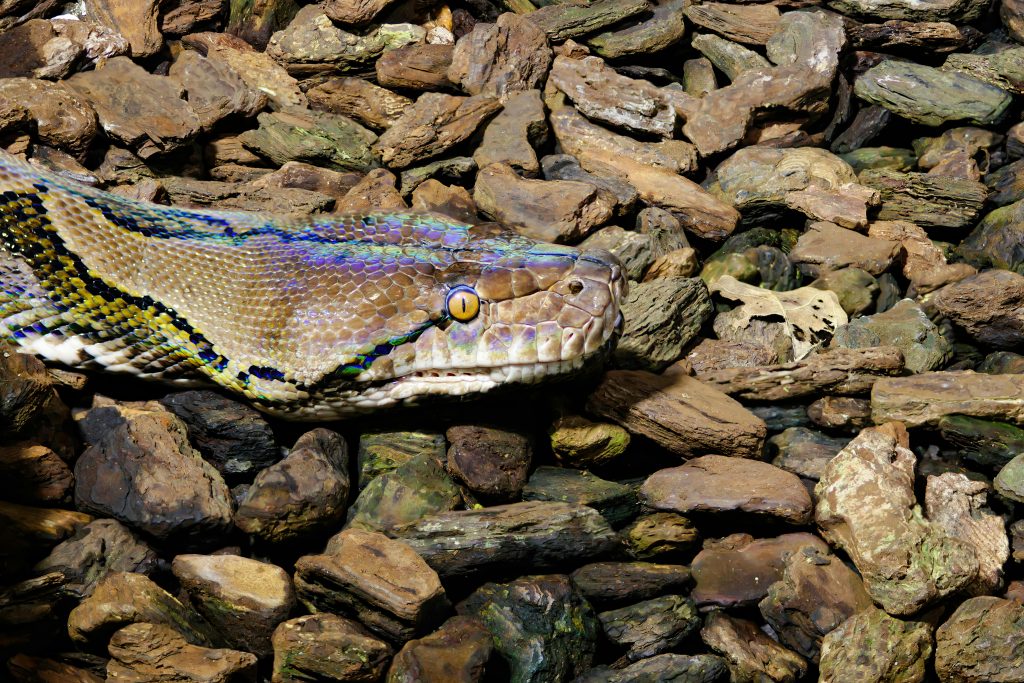
Final Thoughts
Reticulated pythons are magnificent animals, but they are not suitable for most reptile keepers. Their size, strength, and feeding response make them high-risk pets that demand expert-level care.
If you are seriously considering a reticulated python:
✔ Gain experience with large constrictors first (e.g., boa constrictors).
✔ Ensure you have space for a massive enclosure.
✔ Never handle alone—always have backup.
For those who love giant snakes but want something more manageable, consider dwarf or super-dwarf reticulated pythons, which stay smaller while retaining their beauty.
Would you ever own a reticulated python? Share your thoughts in the comments!
For more reptile care guides, subscribe and stay tuned! 🐍

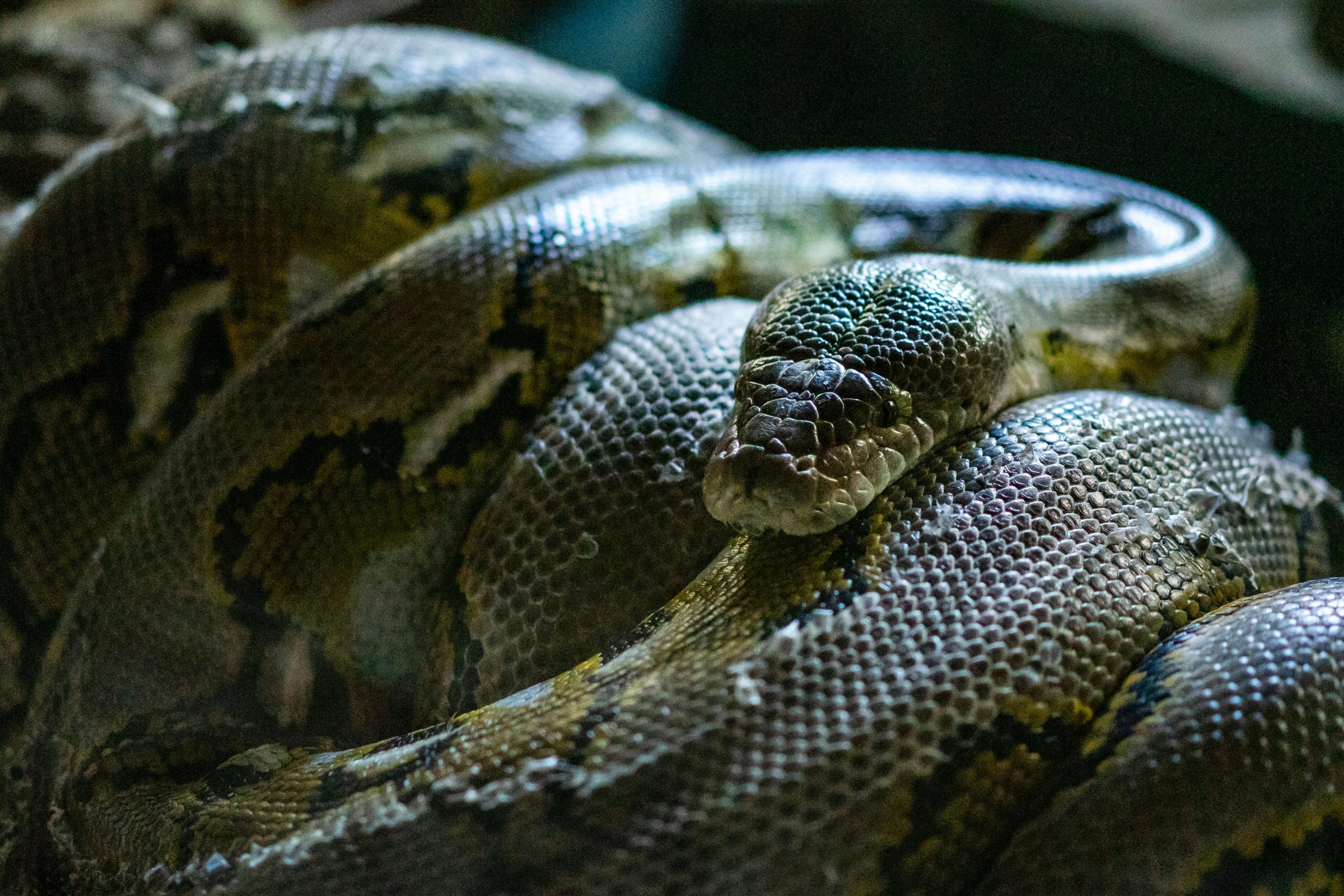

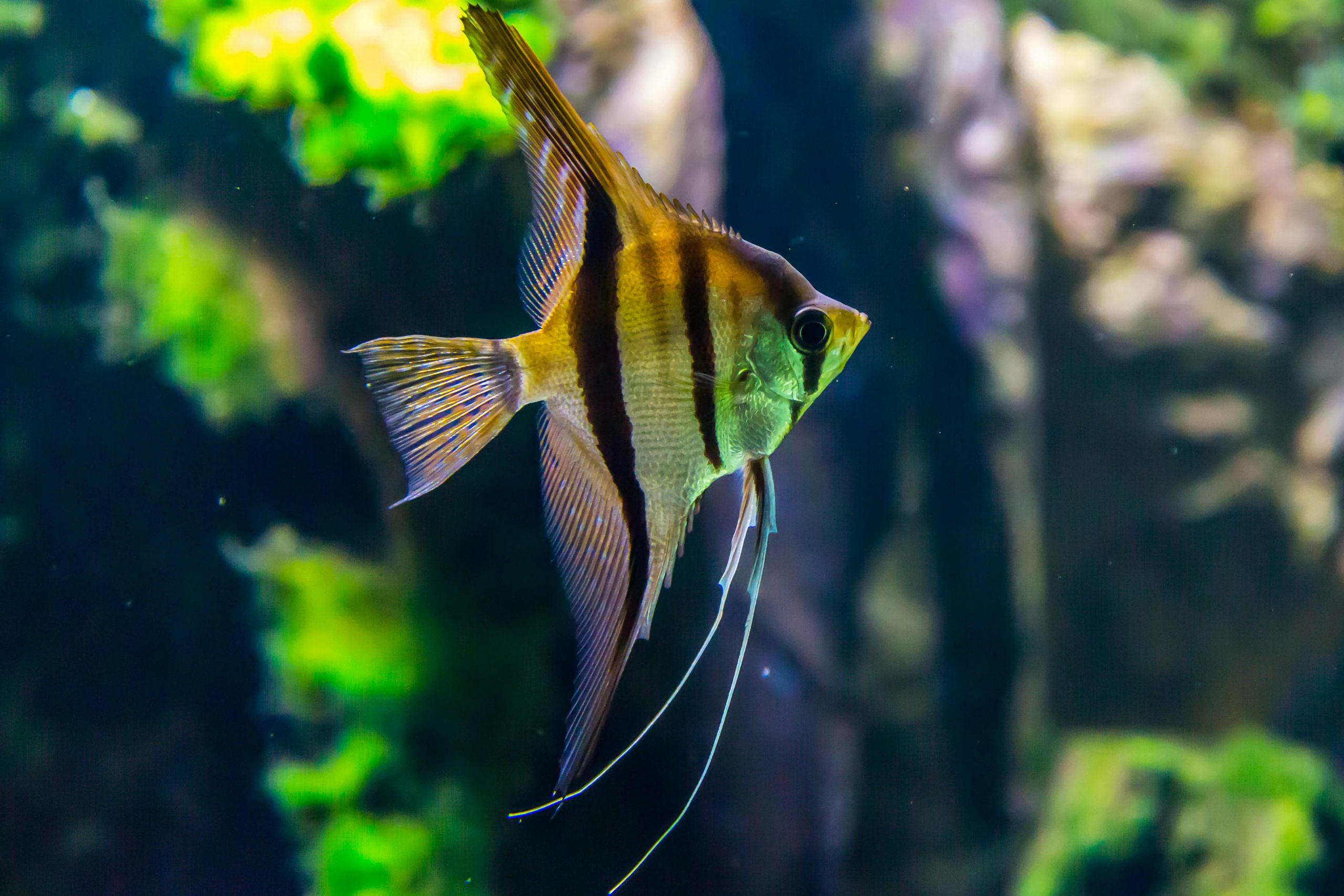
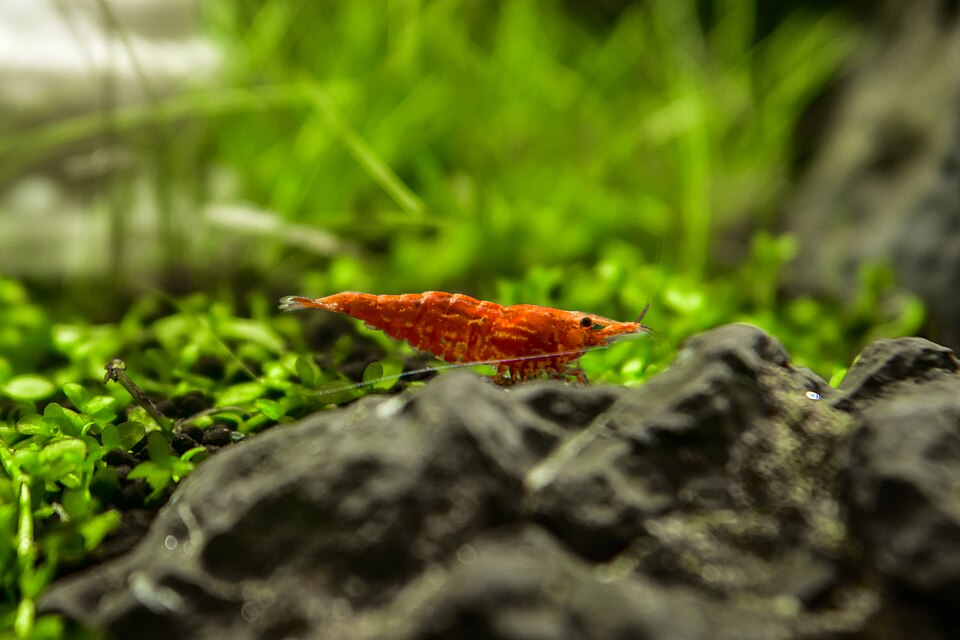

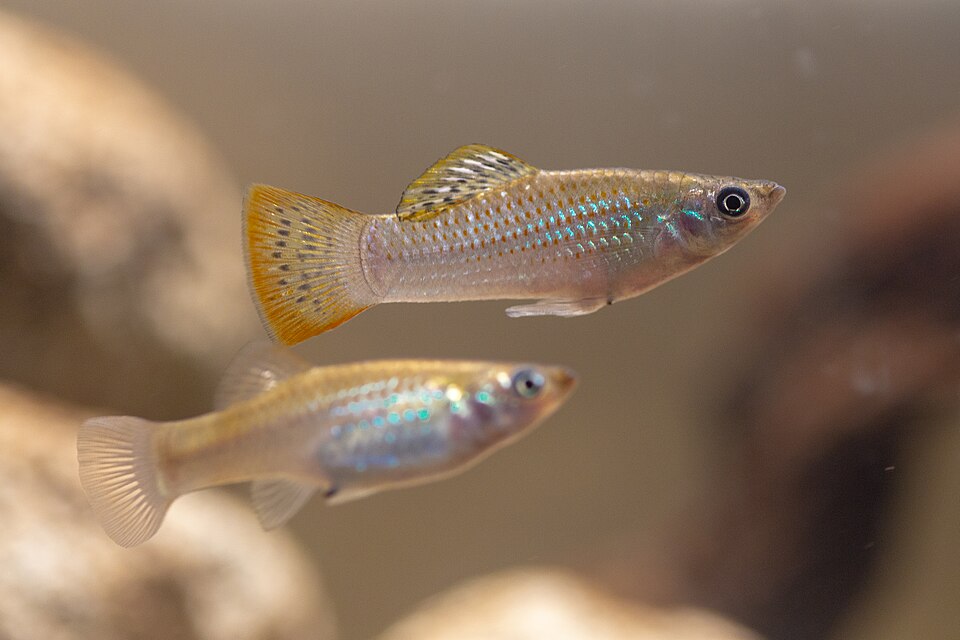
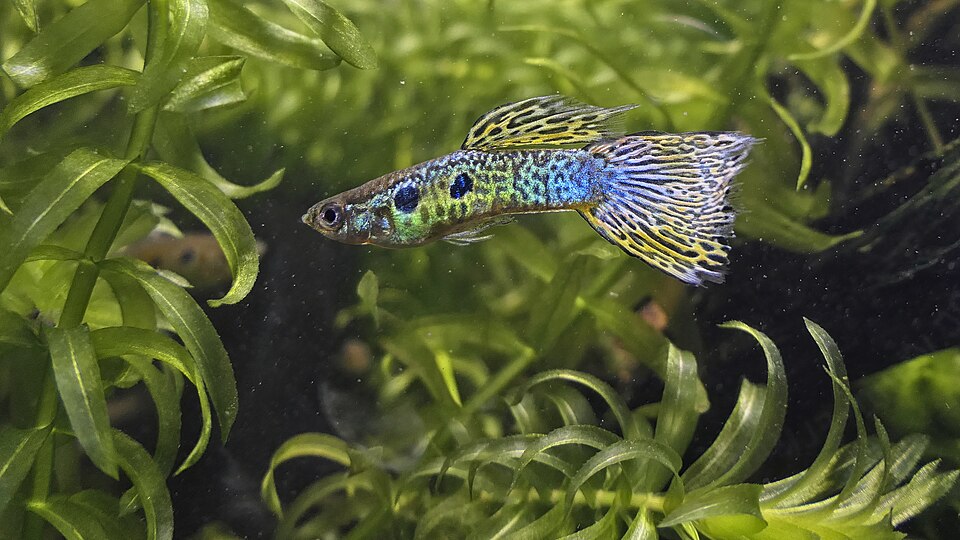
Leave a Reply